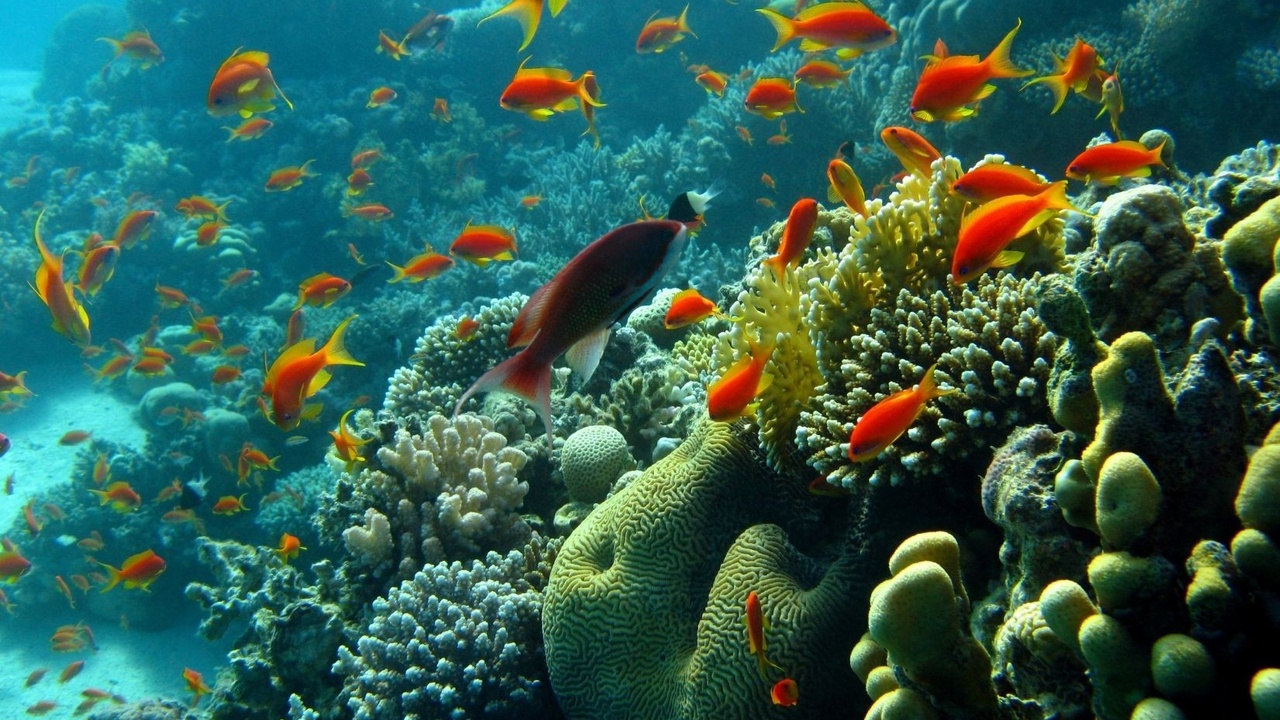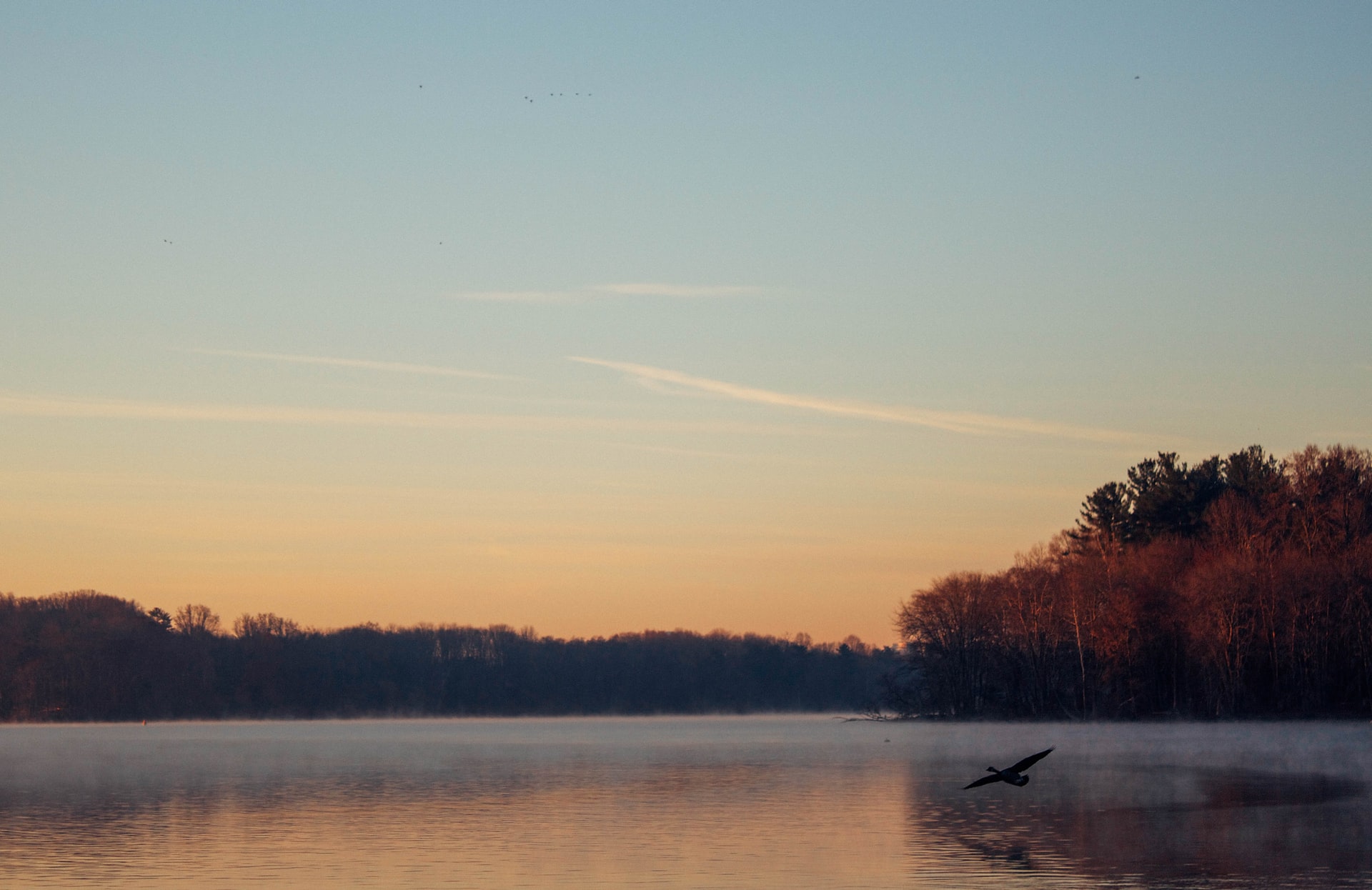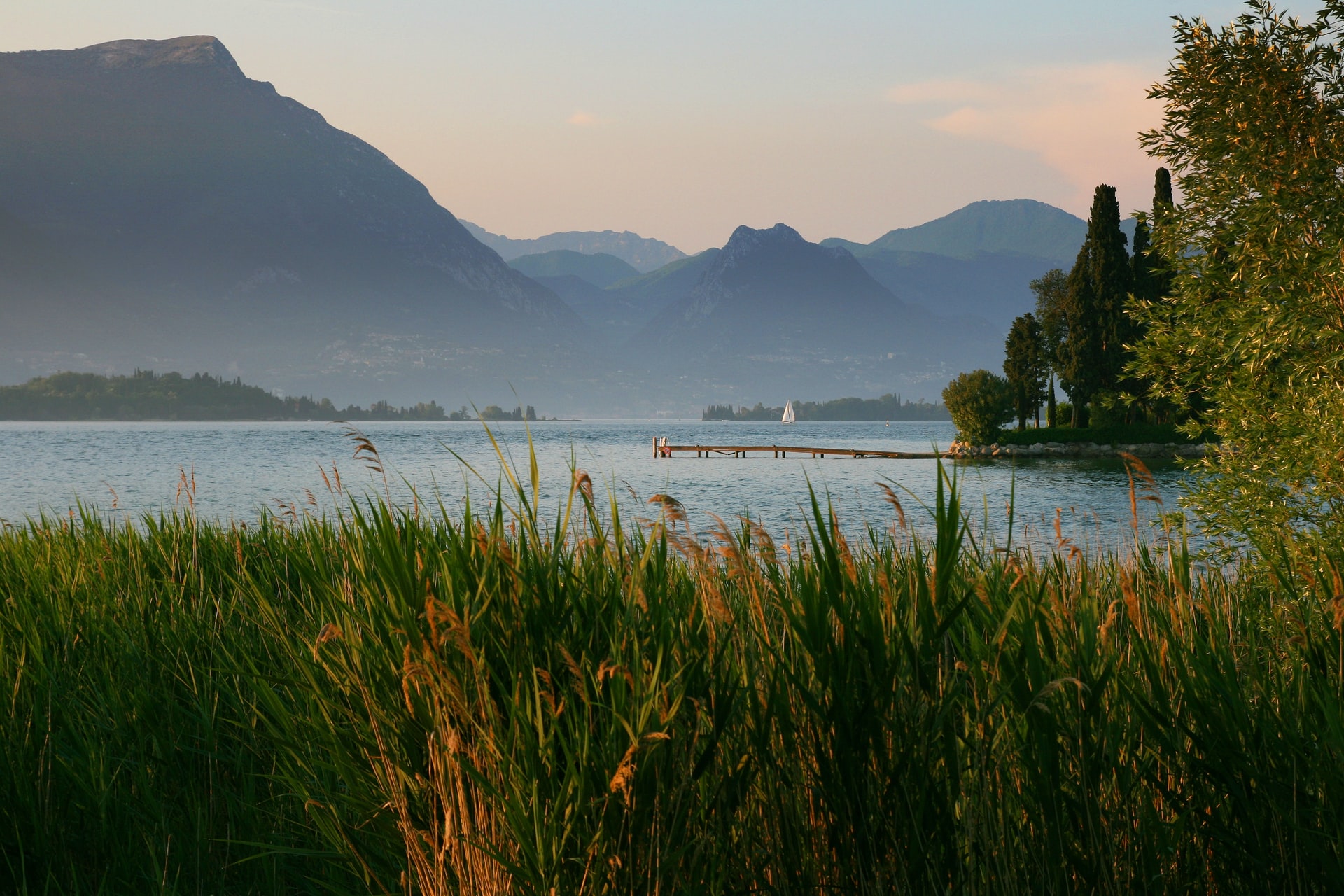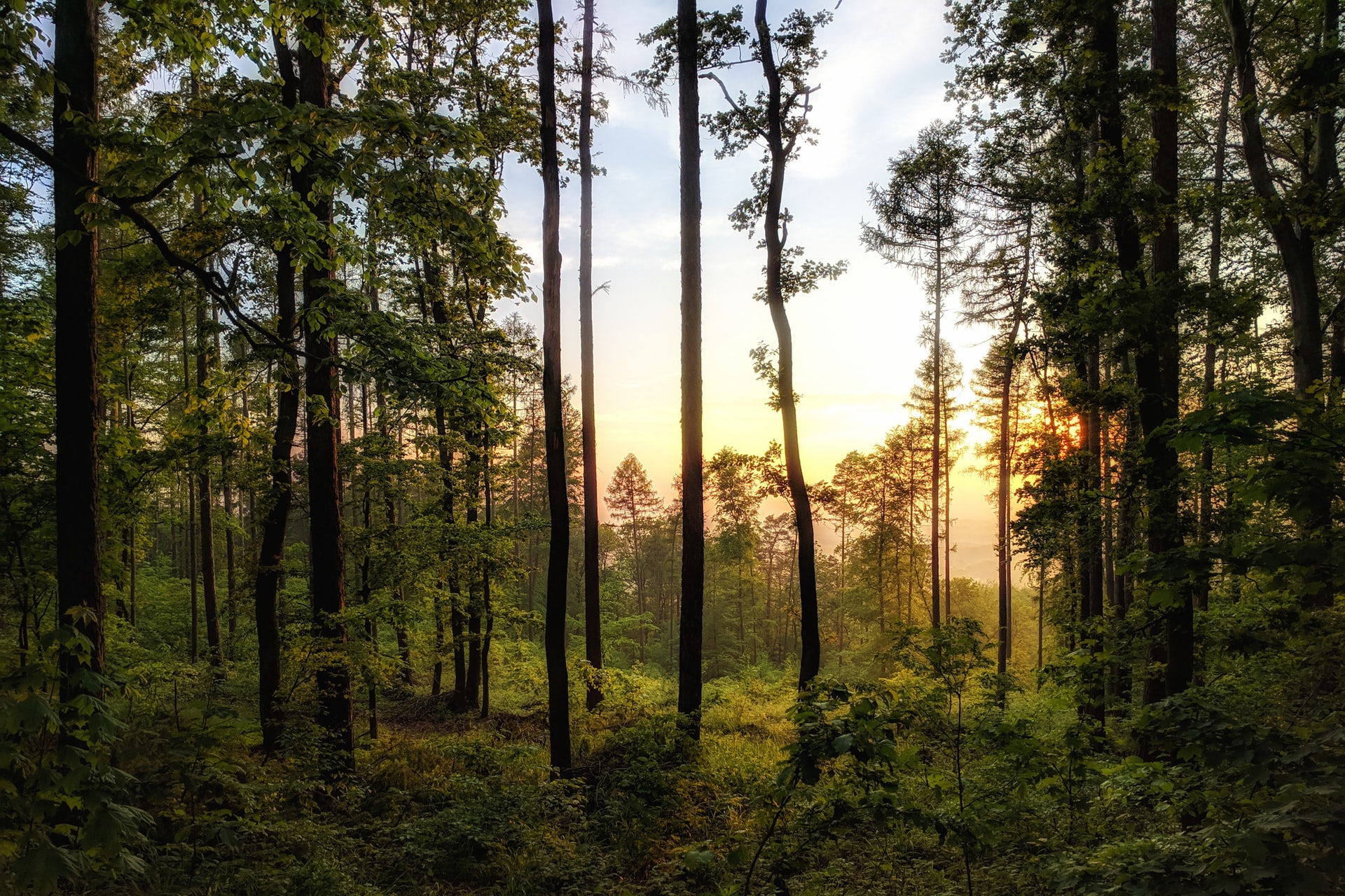Sustainable wellbeing and green living
Let's find ways to Flourish!
Start a new family tradition with the Christmas Bird Count!

Around this time of year, many of us take part in traditions that bring us closer together and signal the start of the holiday season. Whether these traditions are unique to your family, workplace, community, or county, they have a way of bringing cheer and making this time of year special. Maybe this holiday season is the right time to add a new tradition to your list! The National Audubon Society hosts a Christmas Bird Count every year which can always use new volunteers!
This is Citizen Science!
It is a great way to spend time outdoors and contribute to citizen science - where everyday citizens can contribute their time and efforts to collecting information about the natural world. What a fun way to enhance your walk or family adventure by gathering information, contributing to research, and advancing science! The Christmas Bird Count is just such a program, and a really fun way to engage with birds during the winter.
The Christmas Bird Count is an early-winter bird census that p...
Green Burials

Ok, I know, most of us don’t really want to think about death and the logistics of what happens when someone dies, however, the reality is that there are numerous environmental issues with the way we handle funerals and burial. And, there are plenty of ways that we can do better! It turns out there is a growing green burial movement to help us out.
Death is a fact of life that is dealt with in many different ways across different cultures and religions. In Western society, funerals often include flowers, expensive caskets, often embalming of the deceased, cremations, cemetery plots, and more. These funeral elements are chosen in order to pay respect to the deceased, but it is also important to consider whether these elements reflect the wishes and values of the deceased.
Not only do caskets, flowers, and other embellishments cost thousands of dollars, but they also have quite a significant negative impact on the environment. Traditional funerals aren’t green, but that doesn’t mean th...
The Wisdom of Wolves - Book Review

Jim and Jamie Dutcher take us into one of the most intimate living-alongside experiments with wolves ever undertaken. Through their constructed wolf pack of orphaned and captive wolves who are released into a large study area, we have the opportunity to see the interactions of wolves much more closely than in the wild.

While I whole-heartedly believe that wild animals must remain in the wild, this scenario seemed like a humane and justifiable program to allow a more wild existence for previously captive animals and also allow for the long-term close observation.
A Deeply Intimate Glimpse
The result is the most tender and intimate look at a group of animals, where we get daily accounts of their interactions, movement, and behaviour. The result is an understanding of these wild animals and how clearly they express emotions, forge relationships with one another and face the ups and downs of pack life, aging and social interactions.
From their work, the Dutchers have helped to identi...
How to protect biodiversity in our oceans

What comes to mind when you think of environmental and wildlife protection? Do you think about conservation efforts such as rewilding and shoreline restoration? What about amazing organizations that save the big cats in Africa or create all-women anti-poaching units?
These efforts are so important when it comes to preserving all life on earth, whether it be our beloved wildlife or old-growth forests. However, environmental preservation means expanding our efforts to marine life and habitats as well!
Seafood certification initiatives are certainly a part of protecting our waters, as they help eco-conscious consumers determine which seafood products have been caught or raised in a sustainable manner. But what more can be done to conserve life under water?
The answer is marine protected areas! Marine protected areas are areas of seas, oceans, estuaries, or inland waters such as the Great Lakes that have been set aside for long-term conservation aims.

Marine Protected Area definition...
What are Riparian Zones and why are they so vital?

Spending time outdoors is great for our mental and physical wellbeing. Whether you are going for a stroll by the river or having a picnic in the park, there’s nothing quite like getting some fresh air and being able to appreciate the beauty of the outdoors!
Of course, it is also very beneficial to be able to understand how our favourite natural environments function ecologically. Being able to understand the role and importance of these ecosystems not only heightens our appreciation, but incentivises us to protect them as well.
There is one type of ecosystem in particular that is worth familiarizing yourself with: riparian zones. These areas are the green ribbons of trees, shrubs, and grasses that grow alongside riverbeds, streams, and wetlands.

It is likely that you have spent time in a riparian zone. Perhaps you’ve walked along a riverside walking trail or simply admired their beauty from afar. But do you know about the many ways in which they positively impact the environment? ...
Protecting the ribbon of life

Spending time on a shoreline is a privilege and an escape that so many of us enjoy. Whether that is with day trips to the beach, or camping near waterways or having a cottage or even home on a shore, we know that being at the water’s edge is calming and peaceful. For me it somehow washes away my stress in an instant.
In fact, it is thought that watching the movement of water is so ingrained in our evolution, that it is innately calming to most of us, and being in nature has known benefits to both our physical and mental wellbeing.
However, as much as we like to be near the water or to live on waterfront properties and take advantage of the benefits that come along with these locations, it is crucial to remember that lakes aren’t just for human enjoyment. They are ecosystems that provide a habitat to many important species that contribute to the overall health of the lake.

Development alongside lakes, which consists of building waterfront homes, cottages, and campsites, has a signi...
Another tool to reduce Climate Change: Afforestation

When discussing the various ways in which we can mitigate climate change and help heal the planet, reforestation is a popular suggestion.
Reforestation is the natural regrowth or intentional planting of trees in existing forests and woodlands which have been depleted. Reforestation is often used as a way to remediate the negative effects of deforestation or clear-cut logging.
For example, tropical forests in Latin America face extreme deforestation due to logging, agriculture, and livestock grazing. Replanting native tree species within these areas helps to conserve habitat for wildlife species and also helps stabilize the climate by increasing the removal of CO2 from the atmosphere by trees.

Trees have the potential to significantly impact the health of our planet (read all about why we need to celebrate trees here), so we shouldn’t shy away from climate solutions which utilize these magnificent plants! Yes – reforestation is one answer, but did you know that there are other ways...
When the river sues for damages

Should non-human beings and other elements of the natural world have rights? Could granting legal personhood be an important step when it comes to revolutionizing the way we protect nature around the world?
This is a very interesting concept, that although may seem a bit far fetched, is becoming a reality and may have the ability to make a significant difference when it comes to environmental protection!
And actually, when you think about the different environmental ethics that exist, it actually makes a lot of sense for elements of nature to be granted personhood.
Environmental ethics and the rights of nature

Your environmental ethic determines the way you view yourself (or humans in general) in relation to the natural world. Environmental ethics guide our moral relationship with the environment, as it helps us determine what behaviours, actions, and thoughts are ethically right when it comes to human interactions with the natural world.
Environmental ethics can be split into t...
Finding your green community: Ecovillages

Image sourced from: Ecovillage at Ithaca
It’s no secret that leading an eco-friendly life can sometimes be challenging. But do you know what makes things ten times easier? Community!
After all, it’s hard not to feel discouraged or like the odd one out when your efforts to lessen your environmental impact are not reciprocated by your neighbours or community members. Being surrounded by like minded people creates a beneficial atmosphere where environmentally friendly lifestyle changes, behaviours, projects, and initiatives are encouraged and supported.
This is why there is a plethora of online Facebook groups, neighbourhood meet ups, community clubs and more which strive to facilitate a sense of community for those who are interested in living green.
These small communities are great, but is it possible to create such environmentally friendly communities on a larger scale?
Yes, it is!
Have you ever heard of Ecovillages?
Ecovillages are entire communities which have been built wi...
How to raise young environmentalists: Scouts and Girl Guides

In order to address the issue of climate change, one thing the world needs is for the children of today to be the strong environmental advocates of the future. In fact, why not encourage our children to be environmentalists right now?
After all, climate activists such as Greta Thunberg have proven that young people do care about the environment and are able to contribute to the search for climate change solutions!
Now, how exactly do we raise young environmentalists?
Of course, it is important to educate children about the environmental issues we are currently facing, but doom and gloom isn’t actually the way to go when it comes to encouraging a love and passion for nature!
The key is to foster an emotional connection between children and the environment. Research has shown that compassionate concern for the natural world comes from early contact with nature, empathy for other living creatures, and a sense of fascination and wonder associated with natural elements or environments....

